Cornflower /Centaurea/ is a beautiful plant with bright blue flowers. It is covered with prickly petals and blue colors, there are species with white to brown color.
The Cornflower genus is very large - has about 500 species. It is composed of herbaceous plants can be annual, biennial or perennial. Perennial species of the genus have a creeping rhizome or tuber bold, and some species have fleshy roots.
Stems of cornflowers are lying or upright and the base is well leaved with alternately arranged leaves that are simple to pick. Cornflower inhabits mostly temperate areas. It is widespread in Europe and Mediterranean countries.
All types of cornflowers are propagated by seeds. They are smooth and round, and the top of a brush of hairs that help them fly. The seeds are sown from March to April.
Cornflower grows very well in direct sunlight. Soil should be light and fertile. Water regularly, but it’s better that moisture is scarce, rather than excessive. Fertilize every two weeks with regular fertilizer for garden flowers. Cornflower blossoms in early summer.
The colors of cornflower contain a beautiful blue dye color, so they can be used to paint yarns and waves, and when combined with the colors of the wild poppy, the result is a very nice brown discoloration.
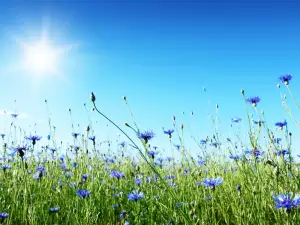
Composition of cornflower
The flowers of the plant contain anthocyanins, a representative ciainin; coumarins with the most vivid content cihornin which is a glycoside. The composition of cornflower has flavonoids, trace elements, mucilage, bitter glycoside centarun and others. Cornflower contains some salts of manganese and potassium.
Collection and storage of cornflower
Usable parts of cornflowers are its flower baskets and flowers. Collected during the full flowering without remnant of the flowering stem. The collection is only of colors from colorful baskets that are removed by hand.
Collect only colors with deep blue. Colorful baskets are dried in well-ventilated areas or outdoors, spreading in a very thin layer. Dried flowers are collected even more thinly on mats, racks or frames. They must be dried in the shade.
Benefits of cornflowers
Cornflower has good diuretic, choleretic and appetite action. The main positive attributes of cornflower are due to it containing bitter glycosides centaurin and prussiate and the alkaloid pelargonin. Cornflower helps with liver disease, kidney problems and urinary tract, it treats fatigue after a long illness.
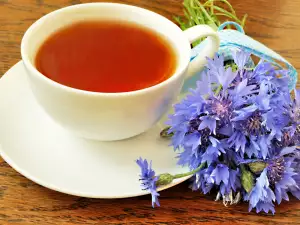
Traditional medicine with cornflowers
Folk medicine cures many diseases long with cornflower. The most common ones are lack of appetite caused by various reasons, kidney and urinary cystitis, urethritis, nephrolithiasis, etc. Cornflower is useful when exhausted from a long illness, or with diseases of the biliary tract.
Folk medicine recommends applying extracts of cornflower in inflammatory bronchial diseases for severe whooping coughs. This is useful for bronchial obstructive syndrome. Cornflower is a very good expectorant and anti-inflammatory.
Take 2 tsp of cornflower and pour a cup of hot water. Leave for about 20 minutes and after, the cooled mixture is filtered. Drink in the course of a day.
To make a decoction of cornflower, pour 1 teaspoon colors with 250 ml of boiling water. Steam for 10-something minutes and then strain. The resulting brew is drunk three times a day, in 80 ml.
Dyed blue cornflowers can be used externally – as a wash for inflamed eyes. Blue cornflowers treat liver problems.
Cornflower relieves suffering from dyspnea, ascites, heart palpitations, and jaundice. Use against dandruff and hair loss, and in combination with lemon balm, nettle and valerian, it is effective for skin diseases. For the best effect in dandruff and hair loss, , boil cornflower in water and vinegar. Crush the seeds of the cornflower to impose on corns and warts.
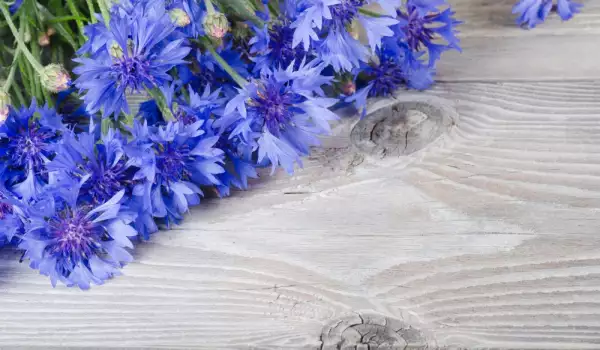
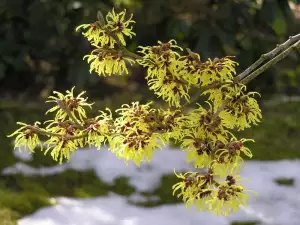
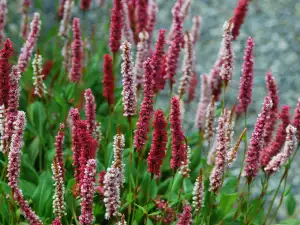
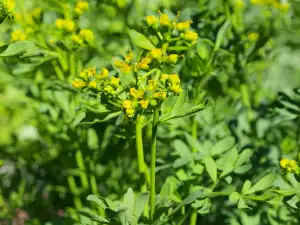

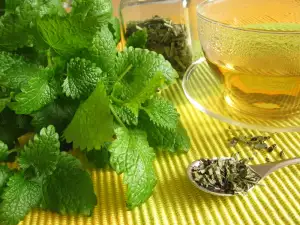
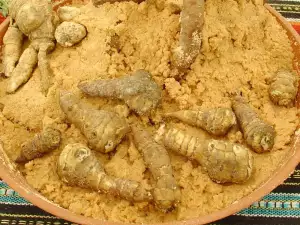




Comments